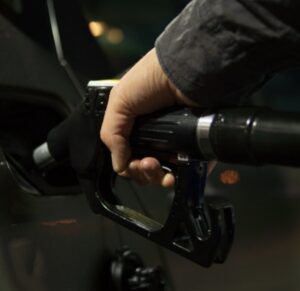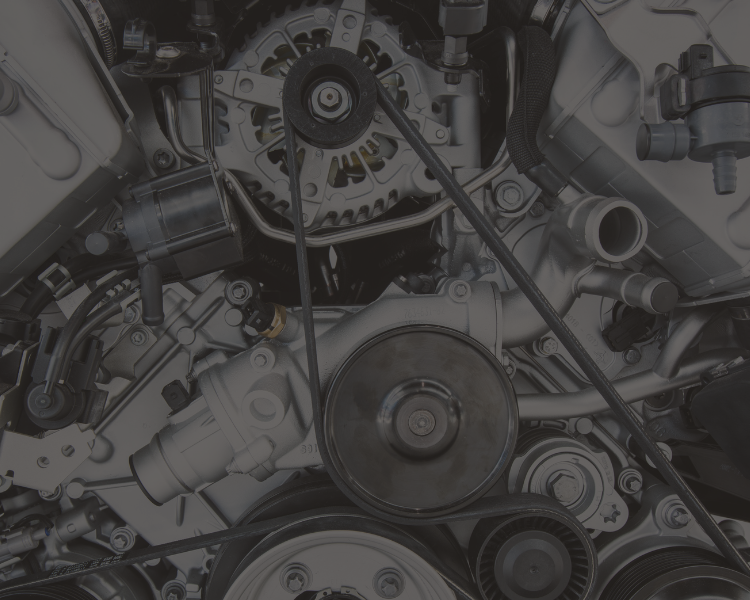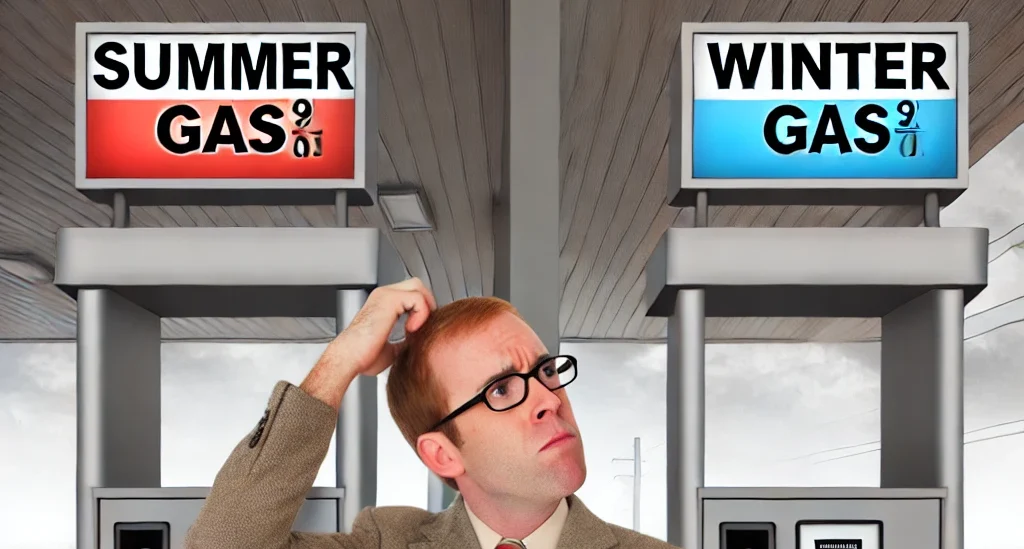Why Are Fuel Doors on Different Sides of the Car?
We’ve all done it. Say you borrow or rent a car, pull up to the gas station, get out, and swipe your card, only to realize your gas tank is all the way on the other side. Different manufacturers choose to put the gas tanks on different sides — but why is that? Your steering wheel is always on the same side (unless you’re traveling across the pond), so why isn’t your gas tank?
Back in the old days, many gas tanks went directly in the center of the car, with the door in the back. They found that this design could turn a run-of-the-mill accident into something much more fiery and explosive. So, for safety reasons, they moved it to the right or left.
But which side is the gas tank on now? This concerning question is one that has a few different answers.
The Case for Efficient Gas Stations
One argument revolves around the way we use gas stations. If every car had the gas tank on the same side, then gas stations would fill up only on that side. In locations that drive on the right side, like the United States, it’s easier to take a right turn than a left across oncoming traffic. This means many drivers enter gas stations by taking a right and enter the pump closest to them.

If all cars had a left-sided tank, they would take up the pumps on the right side, leaving the left side open. And vice versa — if their tanks were on the right, the entire left “lane” would be filled. Of course, this would make cars that had tanks on the opposite side something of a selling point (“Beat the line with the new left-sided gas tank!”).
But there is one clear rebuttal to this view. Cars can simply turn around when the first pumps fill up. It might lead to a little congestion in a gas station, but it doesn’t seem to be a particularly strong argument.
The Case for Roadside Safety
Many manufacturers say they put the gas tank on the passenger’s side to keep drivers safe during roadside incidents. For markets that are mostly European, where right-side driving occurs, this puts the tank on the left. For manufacturers that mainly reach American or Japanese markets, the tank can go on the right. This way, if the driver has to pull over, the car stands between them and incoming traffic. It may improve safety and minimize roadside incidents.
Of course, many manufacturers rebel against this and others have big markets in both right- and left-side-driving regions.
The Case for Car Design
Even still, for a lot of manufacturers, it seems that it varies from car to car. Much of the decision comes down to the design of each individual car. If more room is needed on the right, they’ll put it on the left. Given that this decision isn’t usually at the top of buyers’ priorities, designers can flip flop if they need to.
Overall, it seems that the answer to this debate is, “It depends.” Safety and design requirements are all considerations, and each manufacturer varies with their approach.




